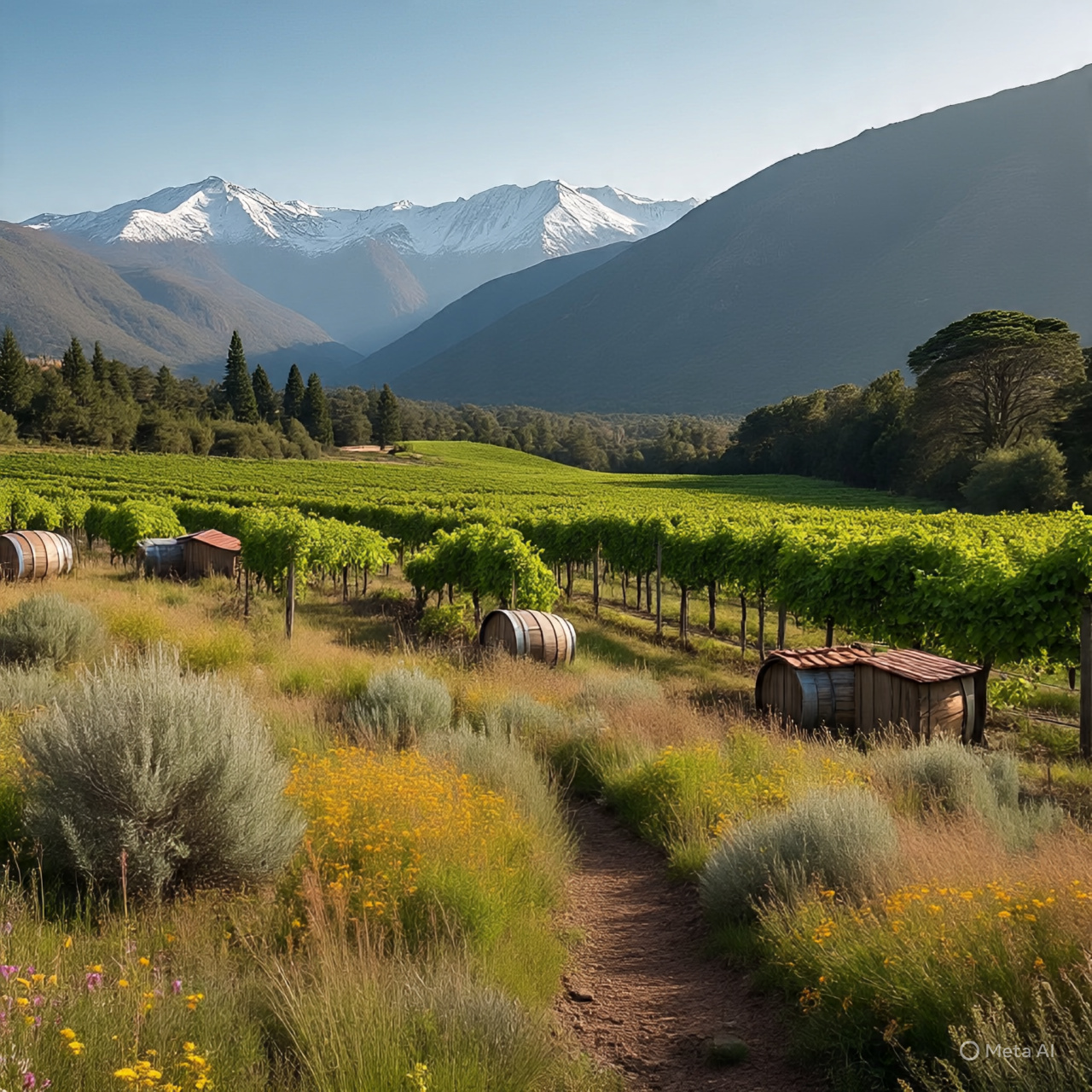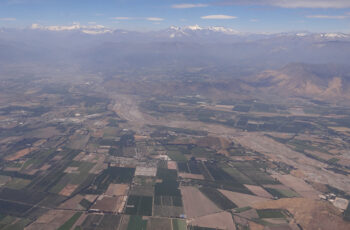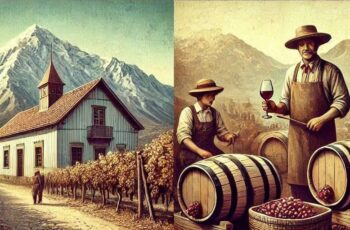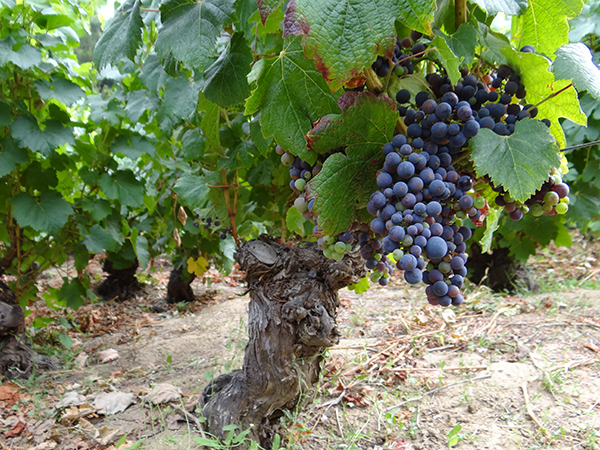
Exploring Chile’s Ancestral Vineyards
Thursday, June 13, 2024
By Francesca Bridgewater FCIM – European Wine Editor for Andes Wines
Chile, the land of rich viticultural heritage, is seeing a resurgence in its ancient vineyards, spearheaded by Andes Wines and its innovative Ancestral Vineyards Wine Tours. This concept is set to revolutionise the wine networking and business platform of Andes Wines, drawing from the extensive 23-year research journey of CEO Maximiliano Morales. Covering over 4,000 kilometres from Arica Parinacota to Patagonia, Morales has meticulously mapped the country’s oldest vineyards, originally brought across by European settlers.
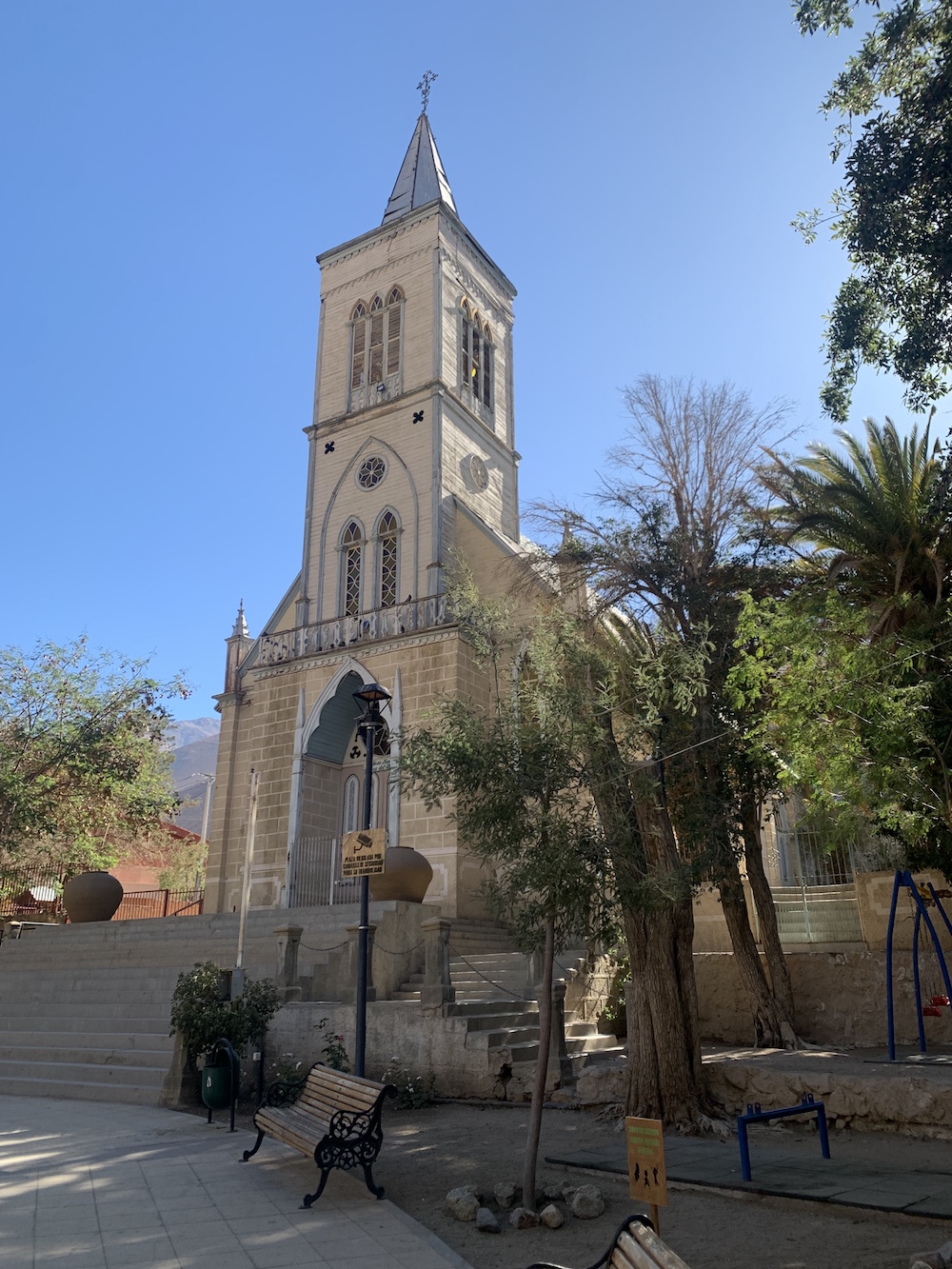 At the forefront of this initiative is the ‘Climate Change Wine Tour’ which positions Chile as a global leader boasting the most extensive ungrafted, phylloxera-free vineyards. These tours invite enthusiasts to explore terroirs showcasing ancient vines, including Cabernet Sauvignon vines aged 40 to 140 years in Maule, Bio Bio and Maipo, together with Carmenere planted in 1945 in the O’Higgins region and Alto Jahuel in the Maipo Valley.
At the forefront of this initiative is the ‘Climate Change Wine Tour’ which positions Chile as a global leader boasting the most extensive ungrafted, phylloxera-free vineyards. These tours invite enthusiasts to explore terroirs showcasing ancient vines, including Cabernet Sauvignon vines aged 40 to 140 years in Maule, Bio Bio and Maipo, together with Carmenere planted in 1945 in the O’Higgins region and Alto Jahuel in the Maipo Valley.
From 2008 to 2018, Morales served as a Wine Specialist on board the National Geographic Explorer Cruise and Endeavour Expedition Ship. This role inspired him to delve into the history of Chile’s vineyards, uncovering once-forgotten sites that are now producing premium wines priced at $15 and above, with some reaching $50 or more. Notable varieties include País (known as ‘Criolla’ in Argentina) and Listán Prieto from the Canary Islands.
One of the highlights of these explorations includes a visit to a mountain vineyard near Portillo, over 1,600 metres above sea level, producing Cornisa Syrah-Malbec from Viña El Escorial in the Aconcagua Valley.
For those unable to venture beyond Santiago, Andes Wines organises thematic wine tastings in both English and Spanish. These sessions feature wines from extreme regions, showcasing varieties such as Cinsault, Muscat of Alexandria, Malbec, Carmenere, Cabernet Sauvignon, Sauvignon Blanc, and Chardonnay. These tastings also delve into the history of the establishment of the first Chilean vineyards.
A Historical Perspective: Wine in Chile
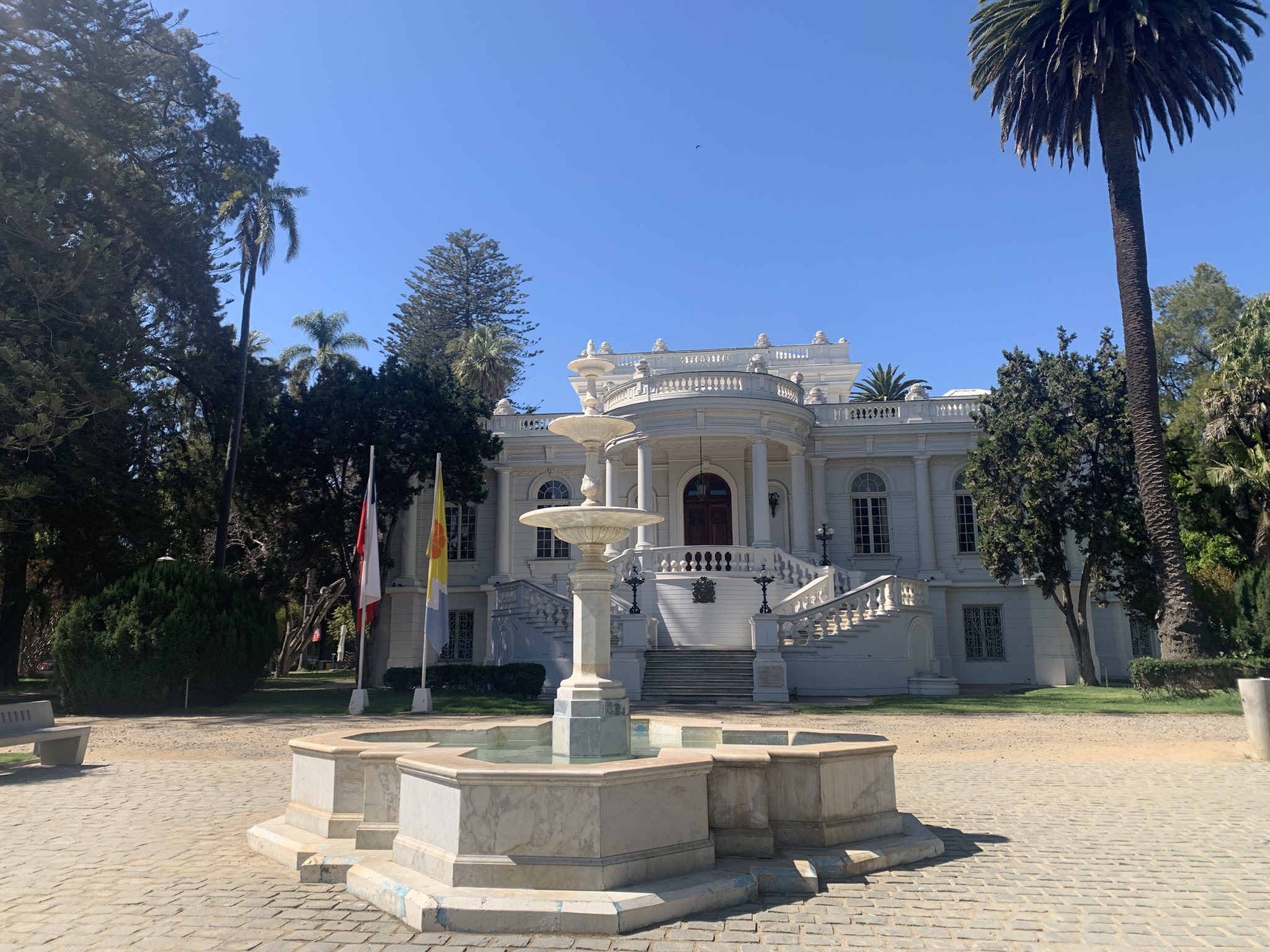 Chile’s winemaking history dates back to 1551, when Spanish immigrants brought the País grape, Listán Prieto from the Canaries, to the area of Coelemu in Guarilihue, because in the coast did not ripe. This variety took on different names across the Americas including ‘Mission grape’ in the US, Criolla in Argentina, etc. But also, from north, a group of Spanish planted grapes in La Serena in the Elqui Valley at the Coquimbo Region, establishing vineyards even in several oases at the Atacama Desert and north of Chile in Arica Parinacota Region & South.
Chile’s winemaking history dates back to 1551, when Spanish immigrants brought the País grape, Listán Prieto from the Canaries, to the area of Coelemu in Guarilihue, because in the coast did not ripe. This variety took on different names across the Americas including ‘Mission grape’ in the US, Criolla in Argentina, etc. But also, from north, a group of Spanish planted grapes in La Serena in the Elqui Valley at the Coquimbo Region, establishing vineyards even in several oases at the Atacama Desert and north of Chile in Arica Parinacota Region & South.
Later, French immigrants arrived, bringing with them varieties such as Malbec, Cabernet Sauvignon, and Cabernet Franc, especially in areas like San Rosendo at the Bio Bio-Laja River junction. Here, micro-vineyards of these varieties continue to produce exceptional wines from 140-year-old vines.
Recent discoveries include Portuguese grape varieties in the Bio Bio region’s Millapoa sector and Bonarda vines near Puerto Varas in the southern-based Puelo Valley, indicating a thriving adaptation to the local climate.
Morales’ close involvement as Manager of the CORFO program, supported by the Ministry of Agriculture via the Chile Vitivinícola 2.0 Strategic Node, highlights the significance of old vineyards, climate change adaptation and the consequent innovative marketing strategies behind these rescue missions. Projects span over 4,000 kilometres from the Codpa Valley in Arica Parinacota to experimental vineyards in Chile Chico.
Reviving and Preserving Heritage
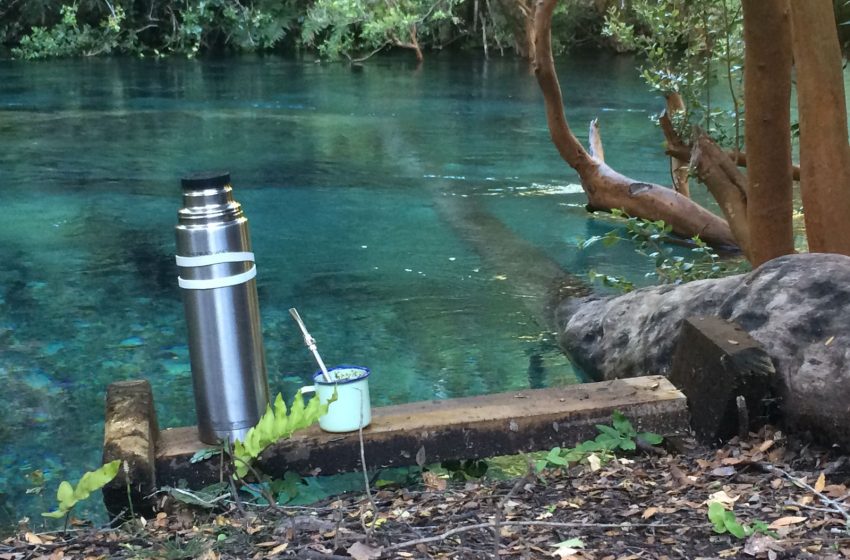 The Andes Wines research, led by Morales, uncovers historical flows of vineyard establishment across Chile, with particular emphasis on the first plantations in Coelemu-Penco extending into the interior of the Itata Valley in Portezuelo, Guarilihue and moving on as far as Cauquenes.
The Andes Wines research, led by Morales, uncovers historical flows of vineyard establishment across Chile, with particular emphasis on the first plantations in Coelemu-Penco extending into the interior of the Itata Valley in Portezuelo, Guarilihue and moving on as far as Cauquenes.
According to Morales, the regions of Itata Valley, Bio Bio, and Valparaiso are key to establishing Chile’s winemaking tradition since 1551, where vineyards dating back over 150 years continue to thrive.
Key historical insights include the ‘Village of France’ settlement in Talcahuano during the 1820s, which lead to the establishment of notable vineyards in the region by French winemakers. Additionally, the Araucanía region’s private vineyards like Aquitania and Altos las Gredas focus on varieties such as Sauvignon Blanc, Chardonnay and Pinot Noir, thereby complementing the region’s ancestral vineyards.
Through collaborations with CORFO and specialist wine press initiatives, Morales aims to elevate the international profile of Chilean wines to preserve the legacy of its ancient vineyards. Key focus areas include the ancestral vineyards in the Codpa Valley (Arica-Parinacota); Toconao in the Atacama Desert; Malbec, Cabernet Sauvignon and Cabernet Franc from San Rosendo (Bio Bio Region) and more recently the Bonarda of Patagonia in the Puelo Valley.
Andes Wines remains committed to championing the revival and appreciation of Chile’s rich viticultural heritage to a global audience.
By Francesca Bridgewater FCIM
European Wine Editor for Andes Wines
andes@andeswines.com


